Ibufen D forte Cola 200 mg / 100 ml 5 ml oral suspension
$12.40
Description
The instruction for medical use
of IBUFENUM medicine D forte SUSPENSION
the Trade name
IbufenD forte
the International unlicensed
name Ibuprofen Dosage Form Suspension for intake of 200 mg / 5 ml
Structure
of 100 ml of suspension contain
active agent – an ibuprofen of 4.00 g,
excipients: a macrogoal glitserolgidroksistearat, gum xanthane, glitserol, Natrium benzoicum, phosphate sodium dodecahydrate
(or phosphate sodium a dihydrate), citric acid monohydrate, sodium saccharinate, maltitol liquid, fragrance Kola, water purified.
The description
Suspension of white or almost white color with a Coca smell.
Pharmacotherapeutic group
Non-steroidal anti-inflammatory drugs. Propionic acid derivatives.
ATC M01AE01 code
the Pharmacological
Pharmacokinetics Later properties of oral administration more than 80% of an ibuprofen is soaked up from a digestive tract. 90% of drug contact proteins of blood plasma (generally with albumine).
The period of achievement of the maximum concentration in blood plasma at reception on an empty stomach 45 minutes, at reception after a meal 1.5-2.5 hours, in synovial fluid 2-3 hours where high concentrations, than in blood plasma are created.
Drug does not kumulirut in an organism.
The ibuprofen, mainly, in a liver is metabolized. Is exposed to presistemny and post-system metabolism. After absorption about 60% pharmacological of inactive R form of an ibuprofen are slowly transformed to active S form.
60-90% of drug are removed by kidneys in the form of metabolites and products of their connection with glucuronic acid, to a lesser extent, with bile and in an invariable look no more than 1% are allocated. After reception of a single dose, drug is completely removed within 24 hours.
The pharmacodynamics
to IbufenForta is derivative propionic acid. Has anesthetic, febrifugal and anti-inflammatory effect.
The action mechanism to IbufenForta is caused, first of all, by suppression of biosynthesis of prostaglandins due to decrease of the activity of cyclooxygenase (COG) of the enzyme regulating transformation of arachidonic acid into prostaglandins, prostacyclin and thromboxane. At the same time as a result of irreversible braking of a cyclooxygenase way of metabolism of arachidonic acid the formation of prostaglandins decreases. Decrease in concentration of prostaglandins in the place of inflammation is followed by reduction of formation of bradykinin, endogenous pyrogens, other biologically active agents, radicals of oxygen and NO. All this leads to decrease of the activity of inflammatory process (anti-inflammatory effect of an ibuprofen) and is followed by reduction of painful reception (analgeziruyushchy effect). Reduction of concentration of prostaglandins in cerebrospinal liquid leads to normalization of body temperature (antipyretic effect).
Indications
the Increased body temperature of various genesis at:
– catarrhal diseases
– acute respiratory viral infections
– flu
– a tonsillitis, pharyngitis
– the children’s infections which are followed by fervescence
the Pain syndrome of various origin of weak and moderate intensity at:
– an ear-ache at inflammation of a middle ear
– a toothache, a painful teething
– a headache, migraine
– neuralgia
– rheumatic pains
– muscle, joints pains
– musculoskeletal system injuries.
The route of administration and doses
Is applied inside.
5 ml of suspension contain 200 mg of an ibuprofen.
Before the use to shake up before receiving uniform suspension.
Medicine is taken after a meal, washing down with liquid.
The measured glass attached to packing with a scale allows to dose drug precisely.
The dose is established depending on age and the body weight of the child.
The single dose of the drug IbufenD forte makes 5 10 mg/kg of body weight of the child 3-4 times a day. The maximum daily dose of suspension makes 20-30 mg/kg of body weight. Drug is appointed in single doses on the scheme given below:
Children from 1 year to 2 years (10-12 kg): a single dose of 2.5 ml (that corresponds to 100 mg of an ibuprofen). Maximum daily dose of 7.5 ml (300 mg of an ibuprofen).
Children from 3 to 5 years (13-19 kg): a single dose of 2.5 ml (that corresponds to 100 mg of an ibuprofen). Maximum daily dose of 10 ml (400 mg of an ibuprofen).
Children from 6 to 9 years (20-29 kg): a single dose of 5.0 ml (that corresponds to 200 mg of an ibuprofen). Maximum daily dose of 15 ml (600 mg of an ibuprofen).
Children from 10 to 12 years (30-39 kg): a single dose of 5.0 ml (that corresponds to 200 mg of an ibuprofen). Maximum daily dose of 20 ml (800 mg of an ibuprofen).
Children of 12 years and adults (more than 40 kg): a single dose of 5.0-10.0 ml (that corresponds to 200-400 mg of an ibuprofen). Maximum daily dose of 30 ml (1200 mg of an ibuprofen).
The minimum interval between the next doses makes 4-6 hours.
Children till 1 year can use medicine only after consultation with the doctor according to his recommendations.
It is not necessary to use drug more than 3 days without observation of the doctor.
Drug does not contain sugar therefore it can be applied at the persons having diabetes.
Side effects
Depending on the frequency of emergence allocate the following groups of side effects:
Infrequently (& gt, 1/1000, & lt, 1/100)
– nausea, heartburn, diarrhea, an abdominal pain
– a headache
– skin rash, an itching, a small tortoiseshell
Seldom (& gt, 1/10000, & lt, 1/1000)
– vomiting, a meteorism, a constipation, inflammation of digestive tract
– dizziness, excitement, insomnia, drowsiness, a depression, confusion of consciousness, a hallucination
– an edematous syndrome
Very seldom (& lt, 1/10000)
– digestive tract erosive cankers, dryness in a mouth, Crohn’s disease, stomatitis, hepatitis, pancreatitis, an abnormal liver function
– aseptic meningitis
– an acute renal failure, a nephrotic syndrome, allergic nephrite, a polyuria, cystitis
– anemia (including, hemolytic, aplastic), thrombocytopenia and
a Werlhof’s disease, an agranulocytosis, a leukopenia
– a Quincke’s edema, a Quincke’s disease, anaphylactoid reactions,
an acute anaphylaxis, a bronchospasm, fever, a mnogoformny
exudative erythema (including, Stephens-Johnson’s syndrome),
a toxic epidermal necrolysis (scalded skin syndrome), an eosinophilia,
allergic rhinitis
– reversible toxic neuritis visual, the illegibility of visual perception, a diplopia, konjyuktivit
– sweating strengthening
– bleedings (gastrointestinal, gingival, uterine, hemorrhoidal)
In isolated cases
– decrease in hearing, sonitus
– a depression
– heart failure, increase in the ABP,
Contraindication tachycardia
– hypersensitivity to an ibuprofen or other components
of drug and also to other nonsteroid anti-inflammatory
medicines
– manifestations ever before allergy symptoms in the form of cold, skin
rashes or bronkhospastichesky reactions after use
of acetylsalicylic acid or other
non-steroidal anti-inflammatory drugs
– active gastrointestinal bleeding
– a peptic ulcer of a stomach and duodenum in an aggravation phase
– the significant insufficiency of function of a liver and kidneys
– blood diseases (tendency to bleedings, hemophilia, hypocoagulation, hemorrhagic diathesis)
– a heavy renal or liver failure
– deficit glucose-6-fosfatdegidrogenazy
– the III trimester of pregnancy and the period of a lactation
– children’s age till 1 year
Medicinal interactions
IbufenD forte (just as other medicines groups of non-steroidal anti-inflammatory drugs) should not be used along with following medicines:
– acetylsalicylic acid or other non-steroidal anti-inflammatory drugs the risk of emergence of side effects from digestive tract increases
– antihypertensive medicines and diuretics medicines from group of non-steroidal anti-inflammatory drugs can cause decrease in efficiency of action of these means,
not numerous clinical data specify by anticoagulants that non-steroidal anti-inflammatory drugs can strengthen effect of the medicines lowering blood clotting
– is proved by lithium and a methotrexate that non-steroidal anti-inflammatory drugs can cause increase in concentration in plasma, both lithium, and a methotrexate
– proofs of increase in a bleeding time at the patients accepting at the same time an ibuprofen and a zidovudine
– mineralokortikoida, glucocorticoids exist a zidovudine – side effects
– sulphonylurea derivatives amplify – the hypoglycemic effect, antacids amplifies and holestiramin reduce absorption
– caffeine enhances analgeziruyushchy effect.
Special instructions
during treatment the control of a picture of peripheral blood and a functional condition of a liver and kidneys is necessary.
To persons with bronchial asthma or symptoms of allergic reactions to acetylsalicylic acid and also the accepting other medicines (especially antihypertensive, diuretic, kardiotropny and psychotropic medicines) use of drug is admissible only on condition of respect for big care.
At use of an ibuprofen, isolated cases of a toxic amblyopia are celebrated.
Considering a possibility of appearance of disorders from digestive system, it is necessary to avoid a concomitant use of an ibuprofen with the substances or medicines having ulcerogenic effect (including acetylsalicylic acid, corticosteroids).
It is necessary to observe extra care at persons with hereditary intolerance of fructose.
The period of pregnancy and a lactation
In view of lack of well controlled researches on big group of patients, it is necessary to apply medicine only in urgent cases.
The III trimester: as there can come the delay of childbirth and also increase in their duration, it is not necessary to apply an ibuprofen in the III trimester of pregnancy.
The ibuprofen can be allocated in small amounts with breast milk. Cases of emergence of side effects in babies are not known, however it is recommended to stop breastfeeding during treatment by an ibuprofen.
Features of influence of medicine on ability to run the vehicle or potentially dangerous mechanisms
At administration of drug IbufenD forte can arise dizziness that should be considered at control of vehicles and service of moving mechanisms.
Overdose
Symptoms: abdominal pain, vomiting, block, headache, sonitus, depression, drowsiness, metabolic acidosis, coma, hemorrhagic diathesis, decrease in the ABP, spasm, acute renal failure, abnormal liver functions, tachycardia, bradycardia.
Treatment: gastric lavage (only within an hour after administration of drug), activated carbon, alkaline drink, symptomatic therapy.
The form of release and packing
On 100 ml of drug place in the polyethylene bottles corked by the polyethylene screwing-up cover with a guarantee ring.
On a bottle paste the label self-adhesive.
Each bottle together with a measured glass and the instruction for medical use in the state and Russian languages is placed in a pack from cardboard.
To Store storage conditions in original packing at a temperature not over 25 of 0C
to Store out of children’s reach.
The period of storage
the Opened bottle needs to be used 2 years within 6 months.
Not to apply after expiry date.
Prescription status
Without prescription
the Producer
of Medan of JSC Pharm
98-200 Seradz, V. Loketk St. 10, Poland
the Owner of the registration certificate
of JSC Khimfarm, Kazakhstan
the Address of the organization accepting in the territory of the Republic of Kazakhstan claims from consumers on quality of products (goods)
of JSC Khimfarm,
Shymkent, REPUBLIC OF KAZAKHSTAN, Rashidov St.,/N, ph.: 560882
Phone number 7252 (561342)
Fax number 7252 (561342)
To develop the E-mail address of standart@santo.kz
Additional information
| Ingredient |
|---|





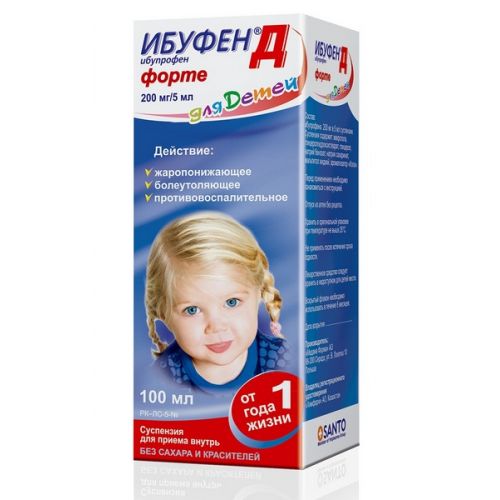
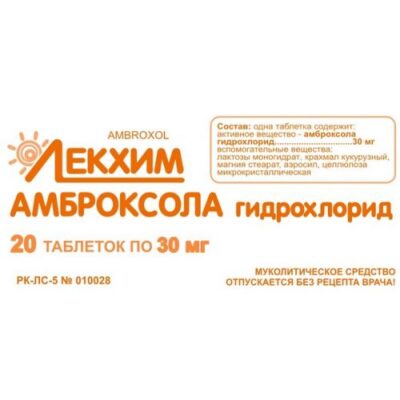
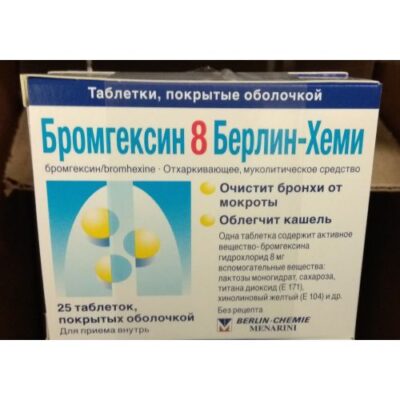
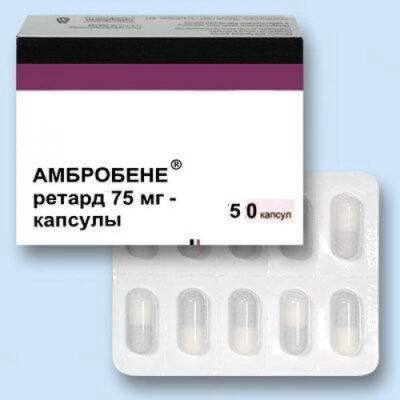
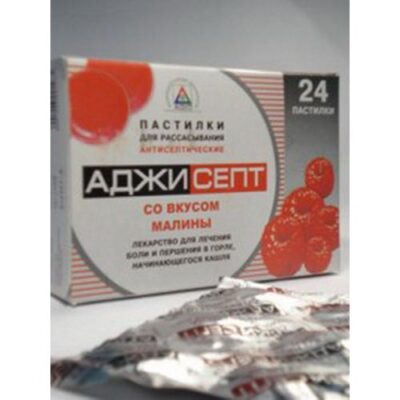
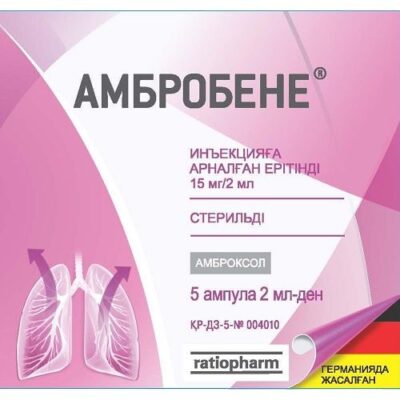
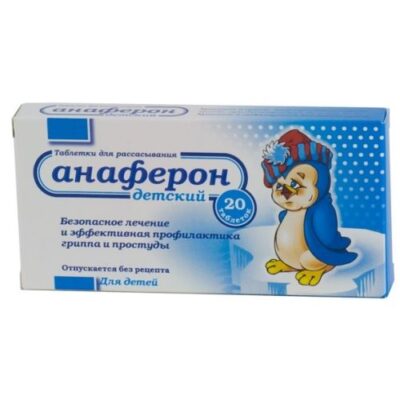
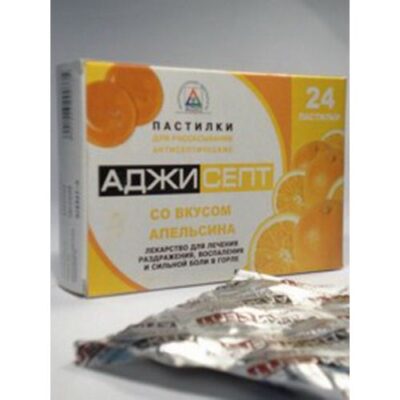
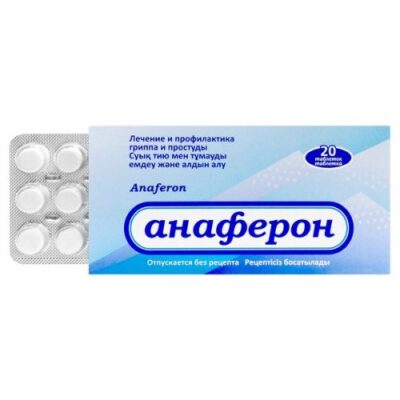
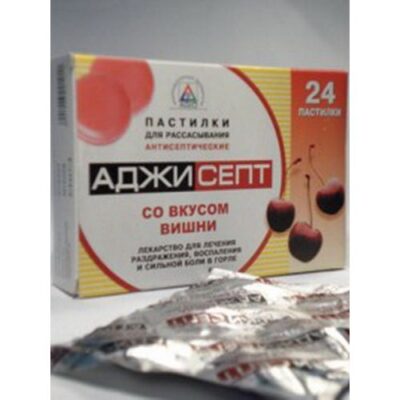
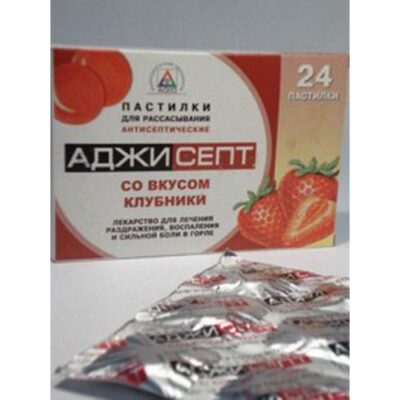






Reviews
There are no reviews yet.